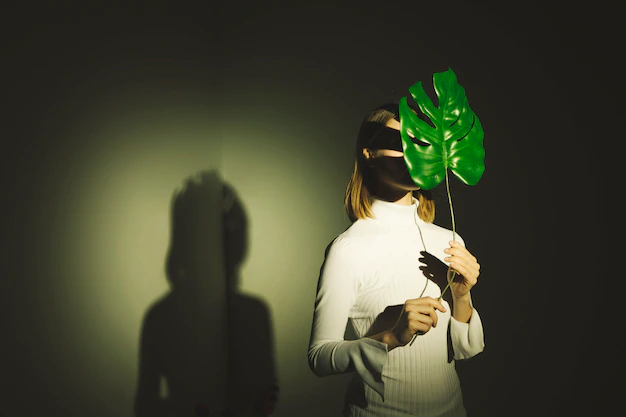The rise of AI-generated art has ignited a spirited debate in the creative world. With machines now capable of producing stunning visuals, questions about creativity, ownership, and ethics are more relevant than ever. As we delve into this topic, let’s explore the implications and complexities surrounding AI-generated art.
How AI Creates Art
AI-generated art is the result of advanced algorithms, often powered by technologies like Generative Adversarial Networks (GANs) or diffusion models. These systems are trained on vast datasets of existing artworks, learning patterns, styles, and techniques. Once trained, they can generate entirely new pieces, often indistinguishable from human-made creations.
For instance, tools like an AI image generator free online allow anyone to create impressive visuals with just a few clicks, democratizing access to art-making. But who truly owns the resulting artwork: the user, the AI, or the creators of the original datasets?
The Creativity Conundrum
One of the central ethical questions is: can AI be truly creative? Creativity, traditionally seen as a uniquely human trait, involves emotion, intent, and originality. While AI can mimic styles and generate new combinations, it lacks personal intent or emotional connection. Thus, some argue that the real creativity lies with the developers who program the AI or the users who guide its output.
Ownership and Copyright Challenges
Ownership is another contentious issue in AI-generated art. Here are some key points to consider:
- Dataset Controversies: AI systems learn from existing works, raising concerns about copyright infringement. If an artist’s work is used without consent to train an AI, does the resulting art infringe on their rights?
- User Rights: When a user inputs prompts to create AI art, do they hold the copyright, or does it belong to the developers of the AI tool?
- Legal Ambiguity: Different jurisdictions have varying laws. For example, U.S. copyright law currently does not recognize works created entirely by non-human entities.
Ethical Implications
Beyond legalities, the ethics of AI-generated art pose significant questions:
- Impact on Artists: The accessibility of AI tools could devalue the work of human artists, making it harder for them to compete.
- Cultural Sensitivity: AI might unknowingly replicate or distort culturally significant art, leading to potential misuse.
- Bias in Art: AI can perpetuate biases present in the datasets it’s trained on, potentially leading to stereotypical or exclusionary outputs.
Moving Toward Solutions
To address these challenges, several actionable steps can be taken:
- Transparent Datasets: AI developers should ensure that datasets are ethically sourced and include diverse contributions.
- Clear Ownership Policies: Platforms providing AI tools should clearly define ownership and usage rights for generated content.
- Collaborative Models: Emphasizing AI as a tool for enhancing human creativity, rather than replacing it, can foster a more ethical approach.
AI-generated art challenges our traditional notions of creativity and ownership, sparking debates that will shape the future of art and technology. As users, developers, and policymakers navigate these waters, the goal should be to strike a balance that respects human creativity, embraces innovation, and upholds ethical standards. The conversation has just begun—where do you stand in this evolving debate?






